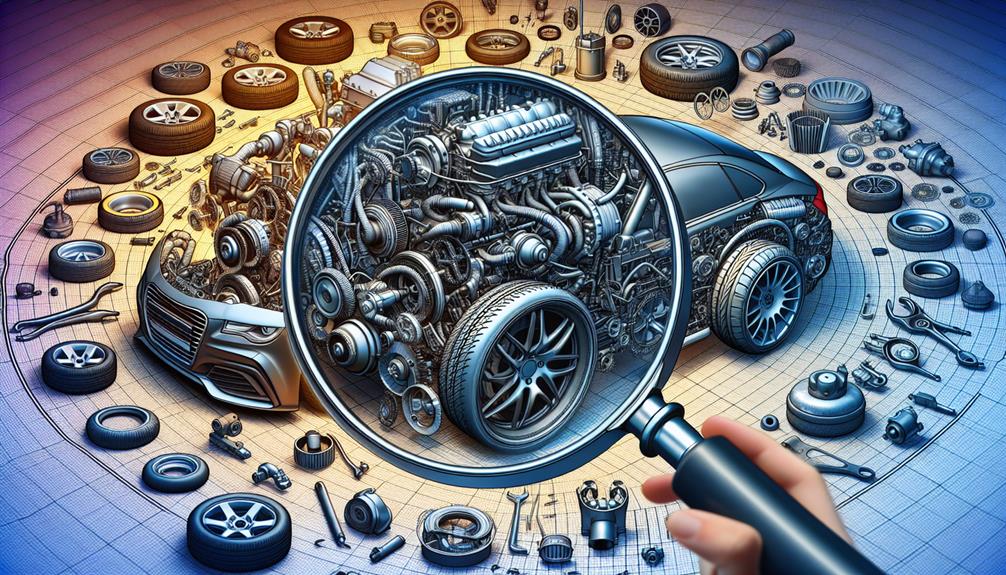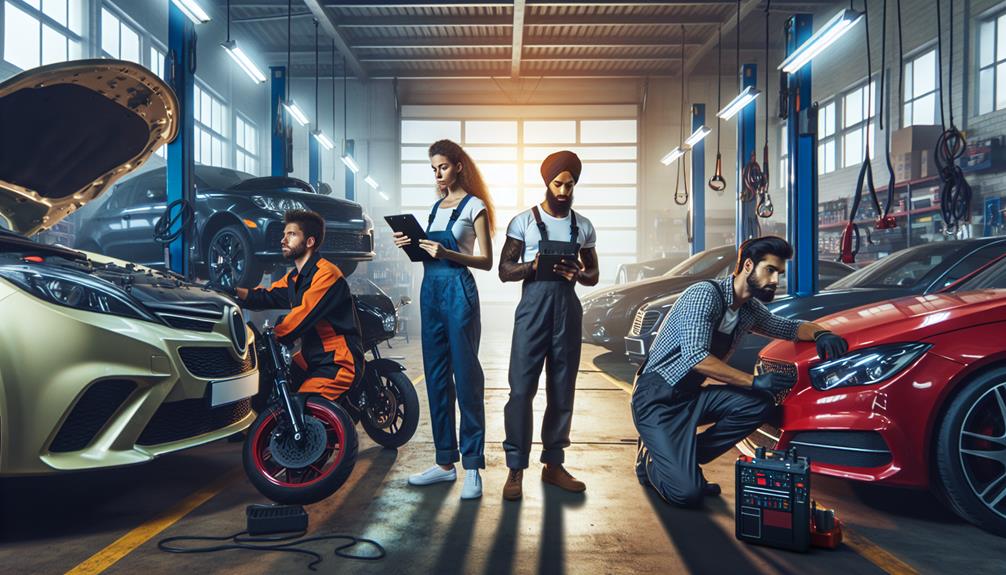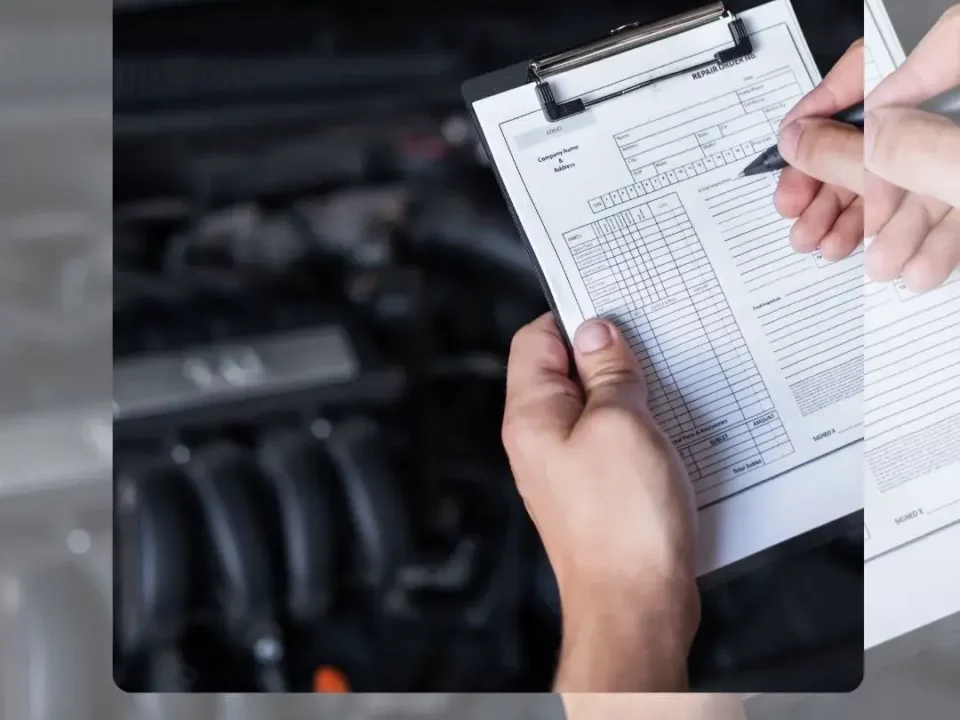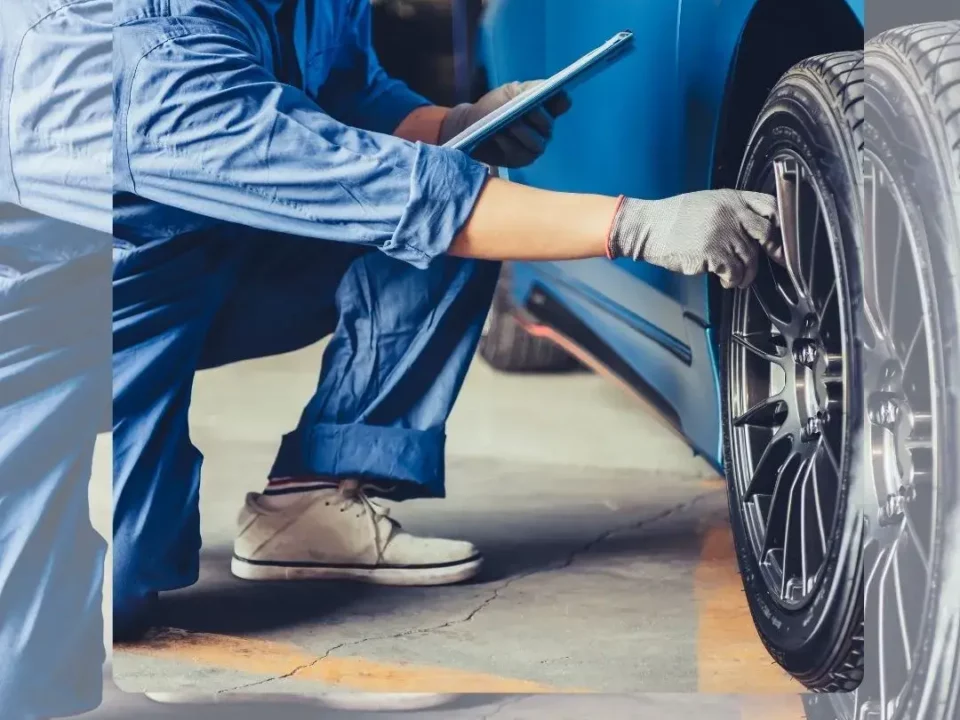Innovation Starts Here: A Look Inside Santa Rosa Technology Magnet School
April 11, 2024
Essential Vehicle Inspection Types Every Car Owner Should Know About
April 16, 2024Is it possible that your understanding of vehicle inspections only scratches the surface?
As an automobile owner, you’re likely accustomed to the routine check-ups, oil changes, and necessary repairs. However, beyond these basics, there’s a whole world of specialized vehicle inspections that often go unnoticed.
From pre-purchase inspections that appraise the condition of a used car before you buy, to safety and emissions inspections that ensure your vehicle is environmentally compliant and safe to drive, each type of inspection offers a unique perspective on your vehicle’s overall health.
So, why not stick around and discover the intricacies that lie beyond the regular maintenance of your ride?
Understanding Pre-Purchase Vehicle Inspections
Before you buy a used car, it’s crucial to understand the importance of a pre-purchase vehicle inspection, a comprehensive check-up that can reveal potential mechanical problems and save you from a costly mistake. This specialized inspection, often conducted by a certified mechanic, assesses the car’s condition from top to bottom.
It includes a thorough examination of the engine, brakes, tires, transmission, exhaust system, and more. Furthermore, it also checks the car’s history, which could reveal past accidents or damage. A detailed report from such an inspection can give you a clear picture of the vehicle’s health and anticipated future performance.
This knowledge isn’t just power; it’s an essential guard against unnecessary expenses and potential safety issues. So, remember, you’re not just buying a car, you’re joining a community of well-informed, responsible drivers.
Deciphering Safety and Emissions Inspections
Navigating the world of safety and emissions inspections isn’t as daunting as you might think, providing another key layer of knowledge for any vehicle owner. These inspections ensure your car is safe to drive and isn’t causing undue harm to the environment.
Safety inspections involve checking critical systems like brakes, lights, and tires. Emissions inspections, on the other hand, focus on your vehicle’s exhaust system, making sure it’s not emitting harmful pollutants beyond acceptable levels.
It’s essential to pass these inspections, not just for legal requirements, but for your well-being and that of other road users. So, arm yourself with this knowledge and approach vehicle inspections with confidence. You’re part of a larger community, committed to safe and responsible driving.




